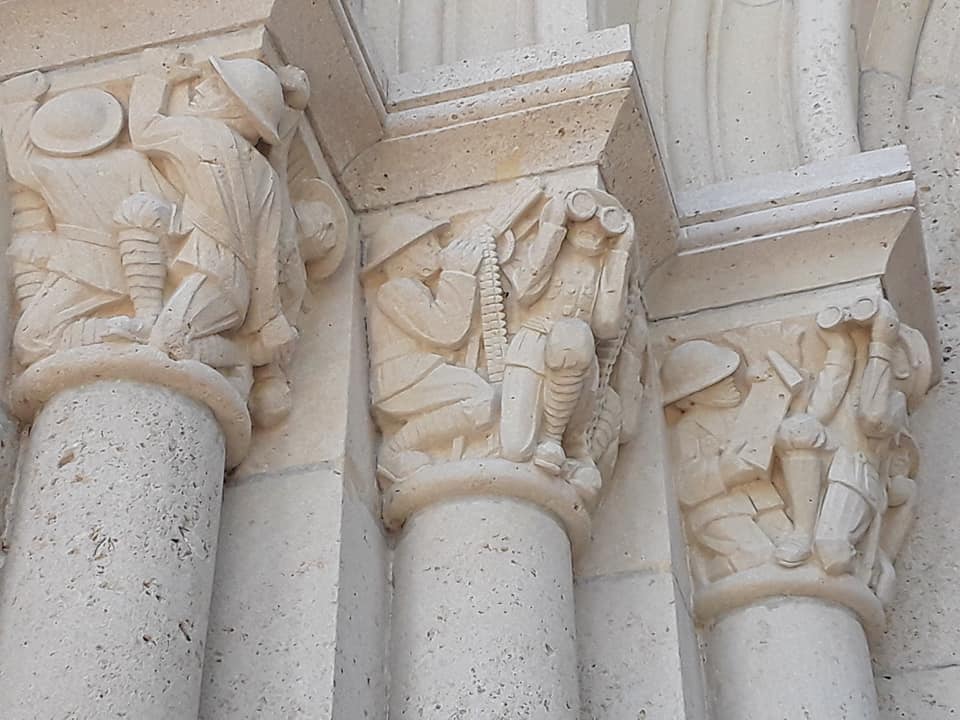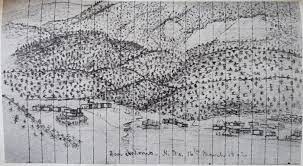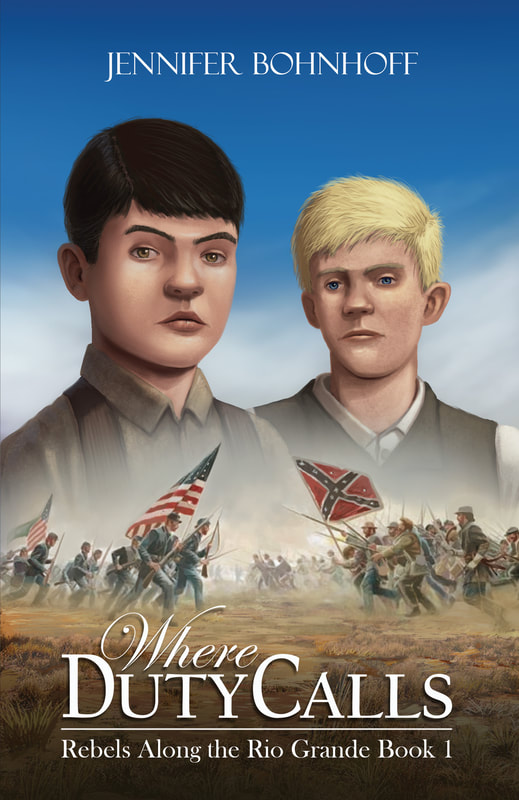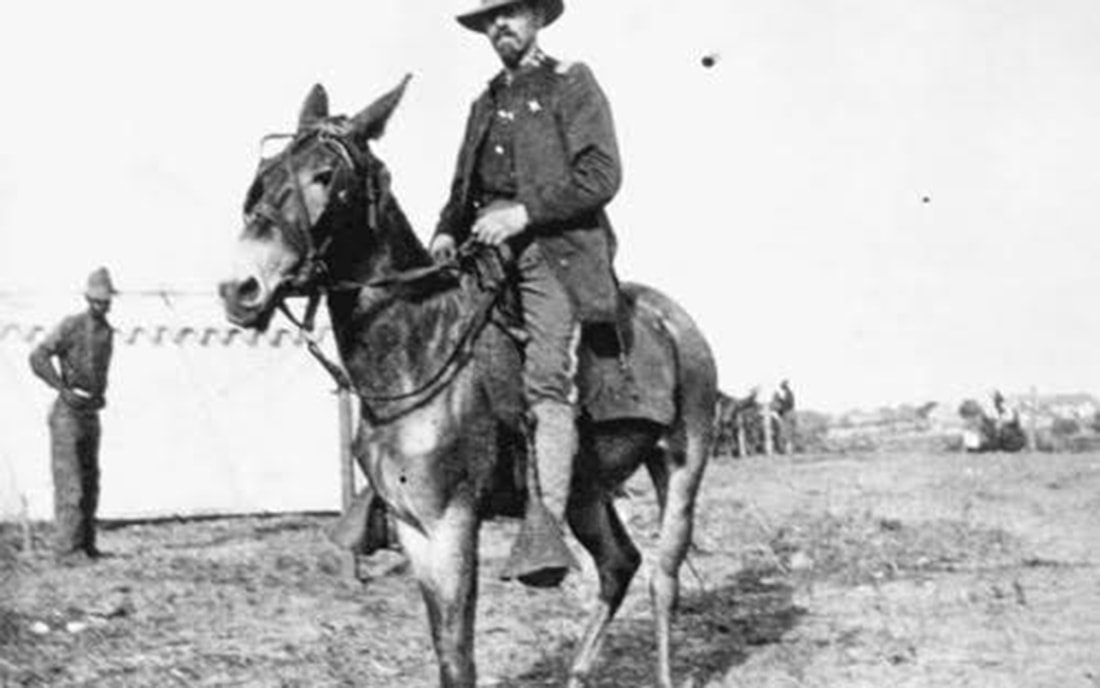
There are many cemeteries in Belgium and France that hold the remains of Americans killed during the First World War. Unlike the cemeteries in Normandy, which contain those killed during the D-Day Invasion in World War Two, many of the World War 1 cemeteries recieve very few visitors each year.
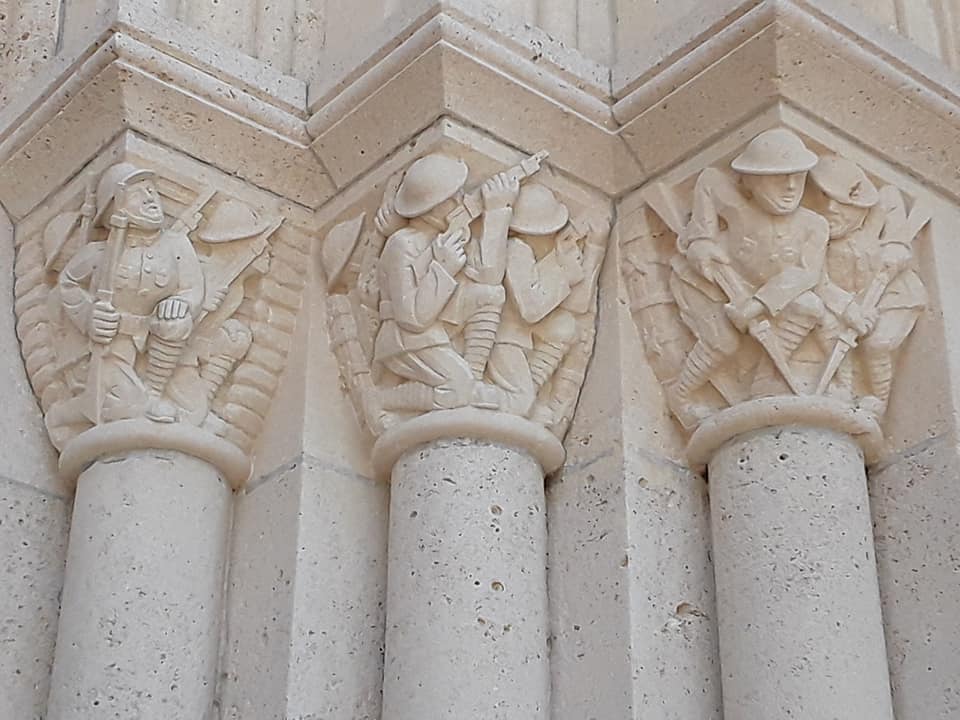
The second largest number of New Mexicans killed in France during World War I died at the Battle of Chateau-Thierry. Many of them were part of Battery A of the New Mexico National Guard, which came from Roswell. The 28 New Mexicans killed in this battle are interred at the Aisne-Marne American Cemetery together with 2,261 AEF soldiers.


